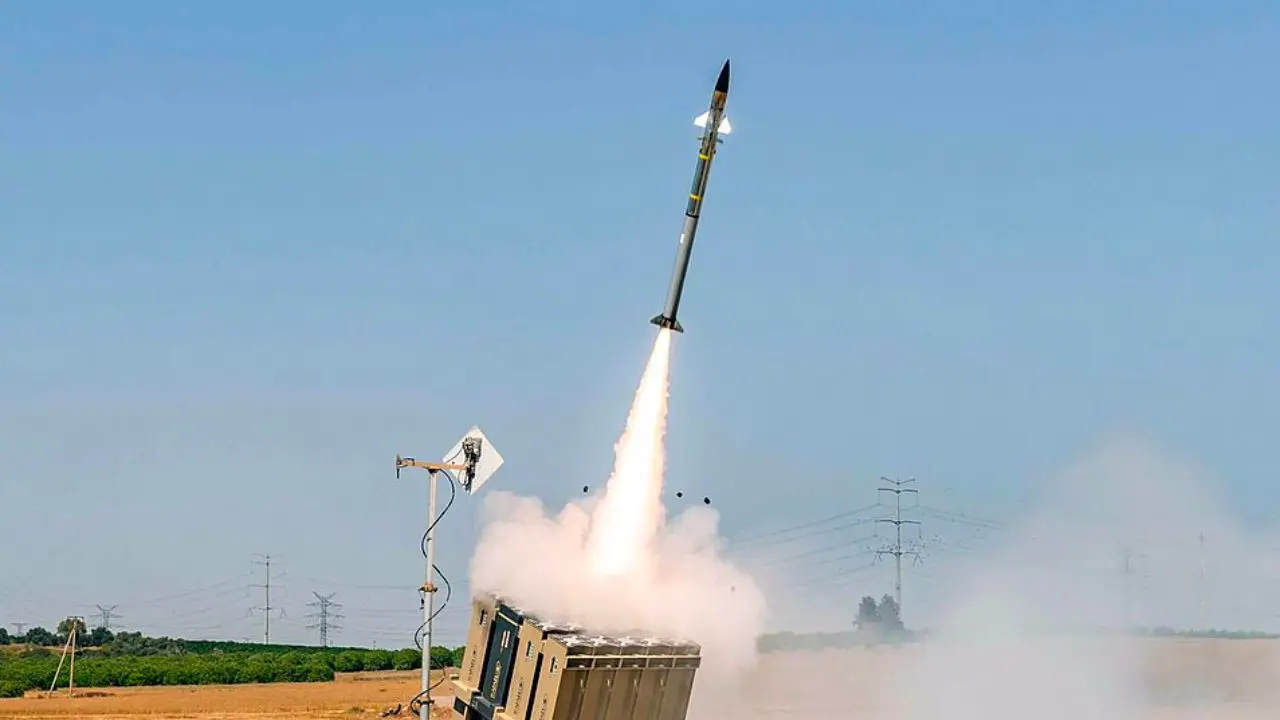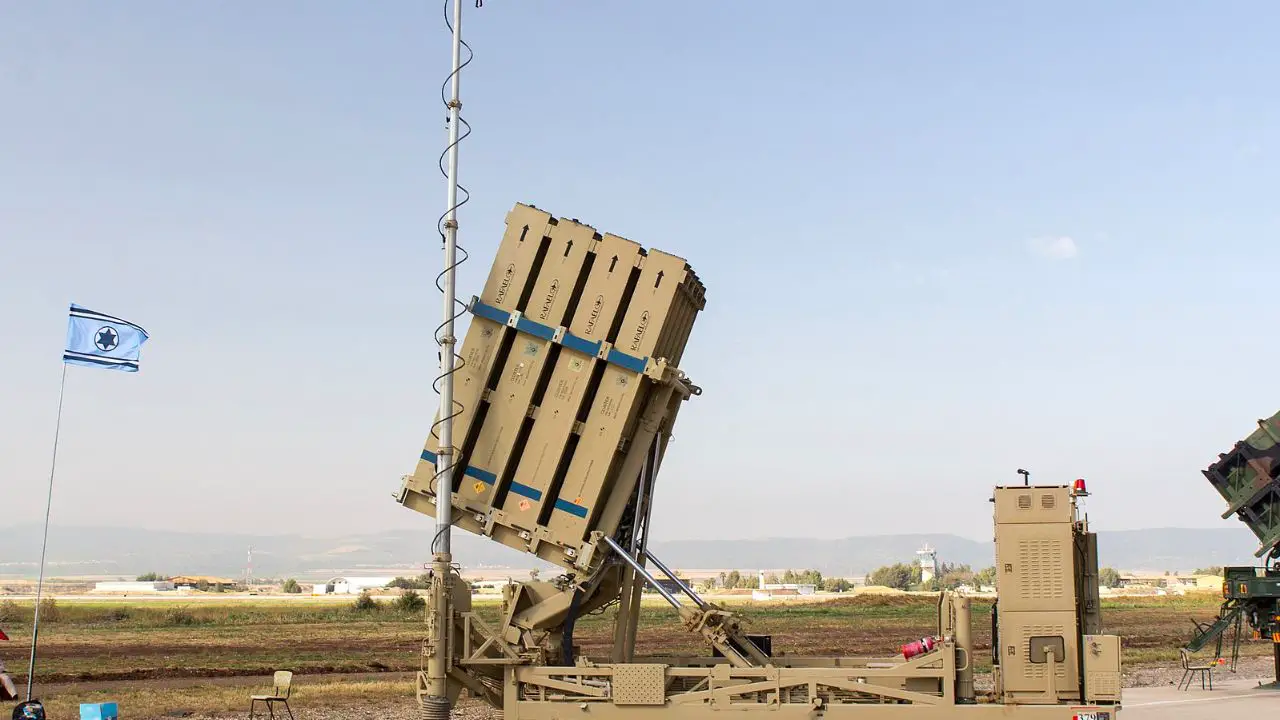In the realm of missile defence systems, Israel’s Iron Dome stands as a testament to human ingenuity and technological prowess. Designed to intercept and neutralise short-range rockets and artillery shells, the system has been hailed for its impressive success rate. However, recent events have cast a spotlight on its vulnerabilities, especially when pitted against Hamas low-cost rockets. Let’s delve into the science behind the Iron Dome, its cost implications, and the challenges it faced during the recent Hamas attack.
Iron Dome’s Functionality: A Scientific Overview
1. Components and Working Mechanism:
Detection and Tracking Radar: This advanced radar system identifies missile launches, determines their trajectory, and predicts potential impact points.
Battle Management and Weapons Control (BMWC): Upon detection, the BMWC calculates the optimal interception point. If the incoming rocket threatens a populated area or strategic site, an interceptor missile is launched.
Missile Launcher: Equipped with Tamir interceptor missiles, this component is the final line of active defence, launching missiles to neutralise the threat in mid-air.
2. The Tamir Missile:
A marvel in itself, the Tamir missile boasts electro-optic sensors and steering fins, allowing for high precision and manoeuvrability. Its design ensures that the target rocket is detonated in the air, minimising ground damage.
3. Range and Versatility:
With a protective range of up to 70 km, the Iron Dome is not just limited to rockets. It can effectively counter artillery, mortars, aircraft, helicopters, and UAVs.
🔬 Subscribe to SciMail
Get the latest science discoveries straight to your inbox!
The Cost of Cutting-Edge Defense
The Iron Dome, while effective, comes with a hefty price tag. Each Tamir interceptor missile costs between $100,000 to $150,000. When considering the entire system, including radars, control systems, and launchers, the cost runs into hundreds of millions of dollars. Israel has, over the years, received significant financial assistance from the U.S. for the development and deployment of the Iron Dome.
In contrast, the rockets employed by militant groups like Hamas are estimated to cost as little as a few hundred dollars each. This stark cost difference highlights the economic challenges faced by high-tech defence systems when countering low-cost threats.
Recent Challenges: The Low-Cost Rocket Barrage
Despite its technological sophistication, the Iron Dome faced significant challenges during the recent Hamas attack. Several factors contributed to this:
- Volume and Saturation: The sheer number of rockets, over 4,000 in a short span, aimed to overwhelm the system. By launching multiple rockets simultaneously, Hamas hoped to saturate the Iron Dome, increasing the chances of some rockets breaching the defense.
- Technical Glitches: No system, however advanced, is immune to technical errors. A reported “technical error” during one of the barrages compromised the system’s interception capabilities.
- The Element of Surprise: The timing of the attack, at daybreak, caught the defense off-guard, affecting response efficiency.
The Balance of Science and Strategy
The Iron Dome, a beacon of scientific achievement, underscores the continuous tug-of-war between technological advancements and evolving ground realities.
While it remains a formidable defense mechanism, the recent events emphasize the need for continuous innovation, strategic deployment, and understanding of ever-changing threats. In the world of defense, the balance between cost, technology, and strategy is ever-shifting, and the Iron Dome’s challenges serve as a poignant reminder of this dynamic.



Leave a Reply